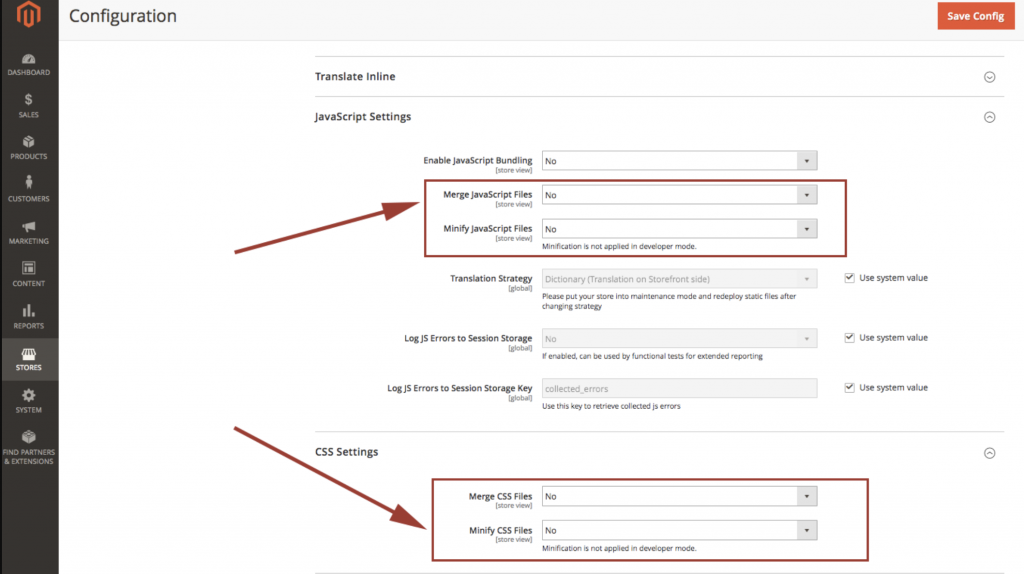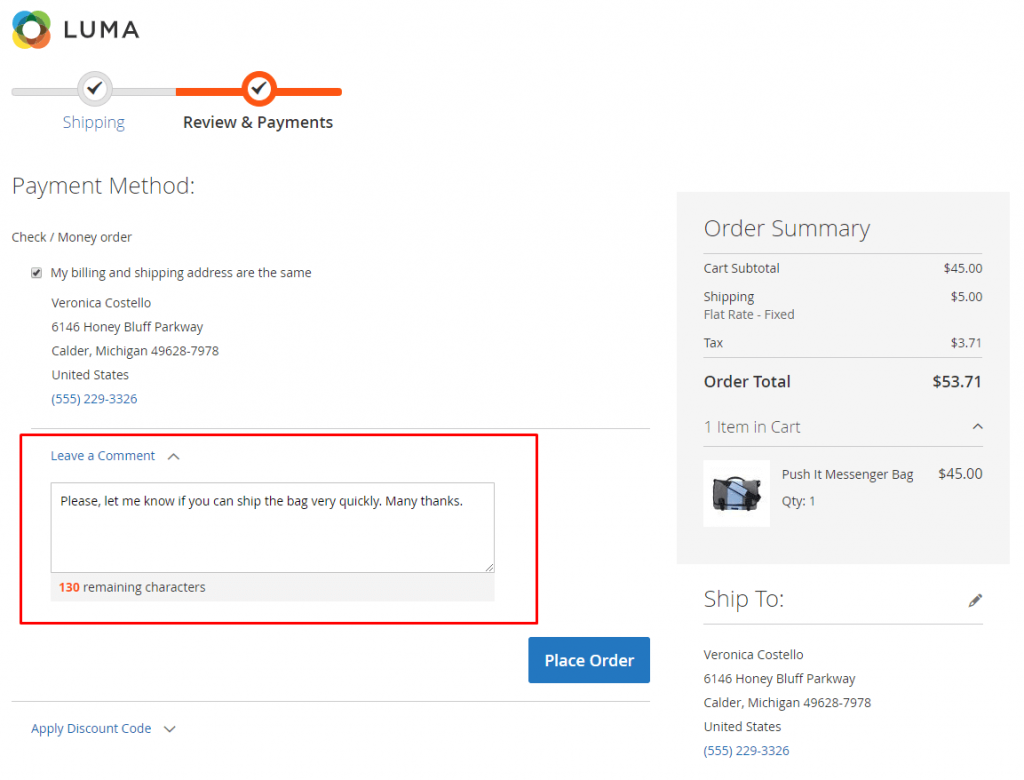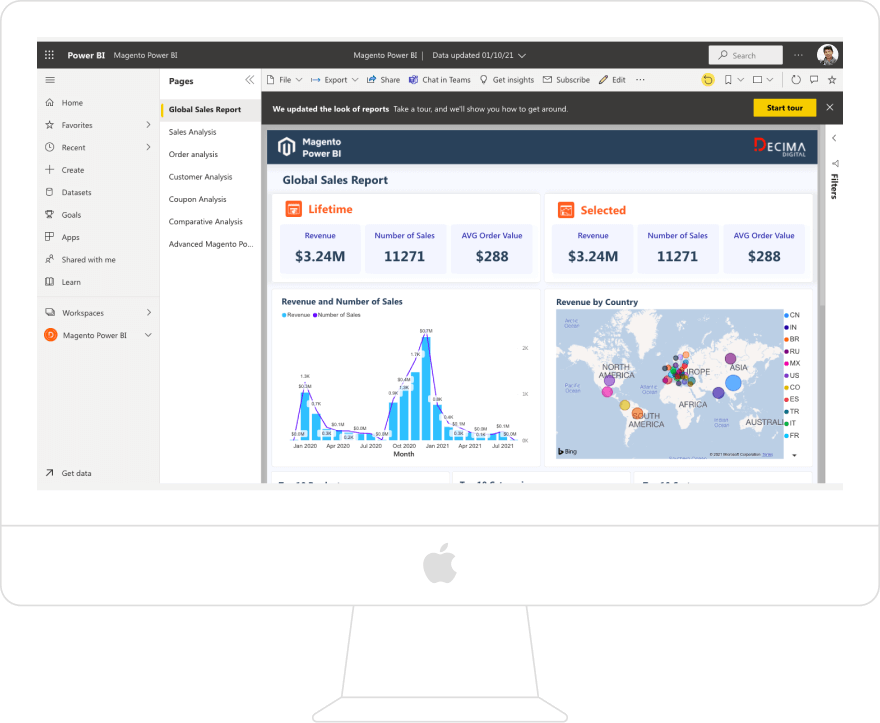
E-commerce Emergency List (part 2): 13 Technical Improvements You Can do Right Now
The first edition of the E-commerce Emergency List can be found here.
It became apparent now that the impact of the Covid-19 pandemic on the world’s economy is irreversible. According to Statista.com, in the best-case scenario in 2020, the monetary loss of global GDP is predicted to be 76.7 billion US dollars, as opposed to a quite terrifying worst-case scenario that might cause a $346.98 billion loss.
As many businesses are struggling to adapt to the pandemic situation, a few things can be done about that. Although the situation is unstable, business owners can still use the opportunity to use the given time wisely and reflect on their strategies. In this article, we’re going to walk you through the technical improvements you can implement to make sure your business stays afloat.
1. Start With Performance Audit
As the lockdown regime started, general retailers and mass distributors in France reported a rise of almost 200 percent in traffic rates, which was entirely predictable since people stay at home and adapt to the ‘new norm’ by shifting to digital communication online shopping.

If you’re in the retail business, you might also see an increase in your site’s traffic. Therefore, it’s essential to make sure your eStore runs fast and smooth. There are a few things to take into consideration when doing a performance audit of a Magento store:
2. Look into your hosting solution
Choose a modern, fast, and reliable hosting solution that supports Magento so your hosting provider can apply all performance and security patches. It’s also essential to have a 24/7 SLA, so if something happens with the servers, you have a reliable partner who can take care of possible issues. Before you decide to go with the first hosting company you see on the web, check the useful tips on how to select hosting for your e-commerce website.
3. Minify CSS and JavaScript
Minifying the CSS and JavaScript might give your website a significant speed boost by minimizing the total number of HTTP requests. If you run a Magento 2 store, you can easily do that right from your dashboard, as it’s shown below

4. Cache your store
Cashing your store might be of great help when it comes to improving website performance. Caching allows saving the local copies of your website so a site visitor can open it faster, avoiding some traffic snarls when browsing.
There are a few ways to cache in your website that are built-in on the Magento 2 platform, such as Varnish Cache, Full Page Cache, and Block Cache. Alternatively, you may use one of the third-party tools out there.
5. Optimize your images
In some cases, images might be a large part of the loading time issues. To lower image size, consider converting them from PNG to JPEG when possible (for example, on product pages). You can change and optimize images using Photoshop or some third-party apps.
6. G-Zip your webstore pages
G-Zip is another powerful way to speed up your store’s loading time. The concept is simple – the server compresses the data when sending it to a user and then decompresses it and displays it on their end. Check out this tutorial to learn how to enable this feature.
7. Invest in PWA and Mobile Optimization
By 2021, 54% of all eCommerce sales are expected to be mobile sales. This number alone is a pretty convincing reason to invest in your store’s mobile optimization. But what if we say that 53% of users abandon a webpage that takes more than 3 seconds to load? Whatever doubts you might have had, now is time to dismiss them and take action.
You can work on improving the mobile version of your site or develop native apps for iOS and Android; however, these options, while still relevant, pale if compared to the relatively new and innovative PWA technology.
What is PWA? PWA stands for Progressive Web App, a web application that uses modern web technologies and design patterns. PWA websites behave like native apps on mobile and provide users with a reliable, fast, and engaging user experience.
How does it work, and why should you use it? PWA was designed to reduce the gap between native and web apps, providing users with a fast, reliable, and user-friendly experience. Here are the main features and benefits of implementing PWA to your Magento store: res and benefits of implementing PWA to your Magento store:
- Low Data Use. PWA actively stores visited pages in cache, ensuring your visitors have a smoother experience and better loading time. It also eliminated the necessity to reload the pages and weigh less than an app.
- Works Offline. Your customers can view and navigate the site pages offline, and now it’s also possible to set up offline purchases and bookings.
- Add to the Homescreen Button. PWA solution allows your customers to add your website directly to their home screen, so they can visit a site without opening the browser and typing in the URL.
- Push Notifications. You no longer need to invest in developing an app to notify your customers about sales and discounts, which is also great for marketing purposes.
- Time-Saving and Cost-Effective. No need to spend the time and money to develop apps for iOS and Android.
- Cross-Platform Compatibility. With PWA, your website can use a simple web code to run on all browsers, mobile devices, and even desktops!
- Responsiveness. It’s a known fact that responsive websites rank better on Google. With PWA, you don’t need to worry about compatibility with different screens, phones, and tablets.
- Better loading time. Magento PWA Studio offers faster loading than a responsive web store, therefore improving your customers’ experience.
Implementing PWA can significantly increase your conversion rate and the number of users. A Pinterest PWA performance case study shows the following results:
“Time spent is up by 40% compared to the old mobile web experience, user-generated ad revenue is up 44%, and core engagements are up 60%. “
The emergence of PWAs isn’t a small change, but it’s definitely worth the effort.
8. Rethink Your Delivery
As Covid-19 strikes, most retailers shift their focus on delivery services. However, considering the circumstances, it’s reasonable to re-think some of the principles it’s based on.
There has been a significant shift in consumers’ behavior as they pay more attention to quality and safety standards. And while this is a great point to focus your next marketing campaign on, you can also make a few technical adjustments to improve your delivery service.
Add Order Comments

Adding order comments to your website’s checkout page gives your customers more flexibility. It improves the overall experience since they can specify their needs and personalize the delivery options as they please. To help you set this feature up, here are 5 Magento 2 extensions we recommend to use:
3. Admin Name Order Comments by MageVision
4. Order Comments by MagePlaza
5. Order Comments by EvinceMage
9. Implement No-Contact Delivery
According to a study by WinBigMedia, 61% of people didn’t have physical contact with anyone except their direct family or neighbors, and 64% of people left their house from 1 to 3 times to visit a store or retail during the past week.
Contactless delivery is a great way to ensure both your employees and customers stay safe while still operating and selling goods.
The order comments area can also be of great help with this. Add this option for your customer to specify when they want a delivery man to leave their package and let them pay online with a card, minimizing the risks of the possible transition of Covid-19.
10. Tune-Up the Core of Your Magento Store
If you are still using Magento 1, wait no more. Now is the time to migrate and ensure your Magento store is fully up-to-date so not only your business survives through the pandemic but can also face the post-COVID challenges that await.
If you’re already on Magento 2, it might be a great time to think about automation and data-driven solutions you can implement.
11. Invest Into a CRM Solution
CRM stands for customer relationship management and helps you collect all the customer info in one place, so it’s easy for you to view, manage, and analyze the data. CRM is essential for marketing and sales since it provides valuable insights into your target audience and customer behavior and helps you build a strong connection with the consumers by automating various CX processes.
Most CRM solutions include automation, sales data and analytics, reports and dashboard view, customer care tools, social media integrations, and email marketing.
As 84% of customers say they value the experience as much as the product itself, it’s one of the must-do trends of 2020.
12. Implement a Business Intelligence Solution
Running an eCommerce business, you most likely have to deal with a large amount of raw data. It’s the situation when business intelligence (BI) solutions might come in extremely handy. Collecting all the data in one place for analysis is critical to record, store effectively, and, most importantly, visualize data.
Data visualization has proven to be an effective way for sales, marketing, and management teams to draw more valuable insights and make better data-driven decisions.
So, how do you implement a business intelligence solution into your Magento 2 store? There are two main ways we recommend: using the Magento BI Essentials tool and Microsoft Power BI.
13. Microsoft Power BI

Microsoft Power BI often makes its way to the top BI solutions in various charts. And not without reason – Power BI is indeed a powerful tool to store, manage, and analyze your data.
Power BI solution gives you and your team flexibility and an option to stay updated ‘on the go’ by integrating the following elements: Power BI Service (an online SaaS service), Power BI Desktop, and Power BI Mobile apps.
With Power BI, you can have a visual interpretation of your Magento 2 store that would help you view and analyze all essential business metrics, improve and grow your business more efficiently.
How about BI analytics for your Magento store for free? Download Magento Power BI app and get visual analytics of your e-commerce Magento store with a click
Final Thoughts
Coronavirus pandemic undeniably caused a lot of troubles in the world of business. However, it might also be an excellent reason to rethink various aspects of your business approach. And not only to survive throughout the pandemic crisis but also to make sure your business stays on top when the world recovers. Use the given time wisely and if you need any assistance with elevating your Magento 2 store, contact us for a free personalized consultation or check our support program for business.